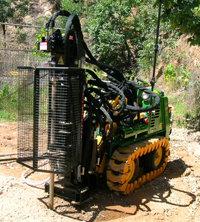- Messages
- 3,292
I remember quite a while ago there was a thread on this, with lots of useful info. Armed with my new bosch combi drill, I'm tempted to try this. But I can't find the thread, not matter what I search under.
Does anyone know where it's gone? I'm a bit thrown by how to seal around the gas and electricity meters that are in there.....
Does anyone know where it's gone? I'm a bit thrown by how to seal around the gas and electricity meters that are in there.....


